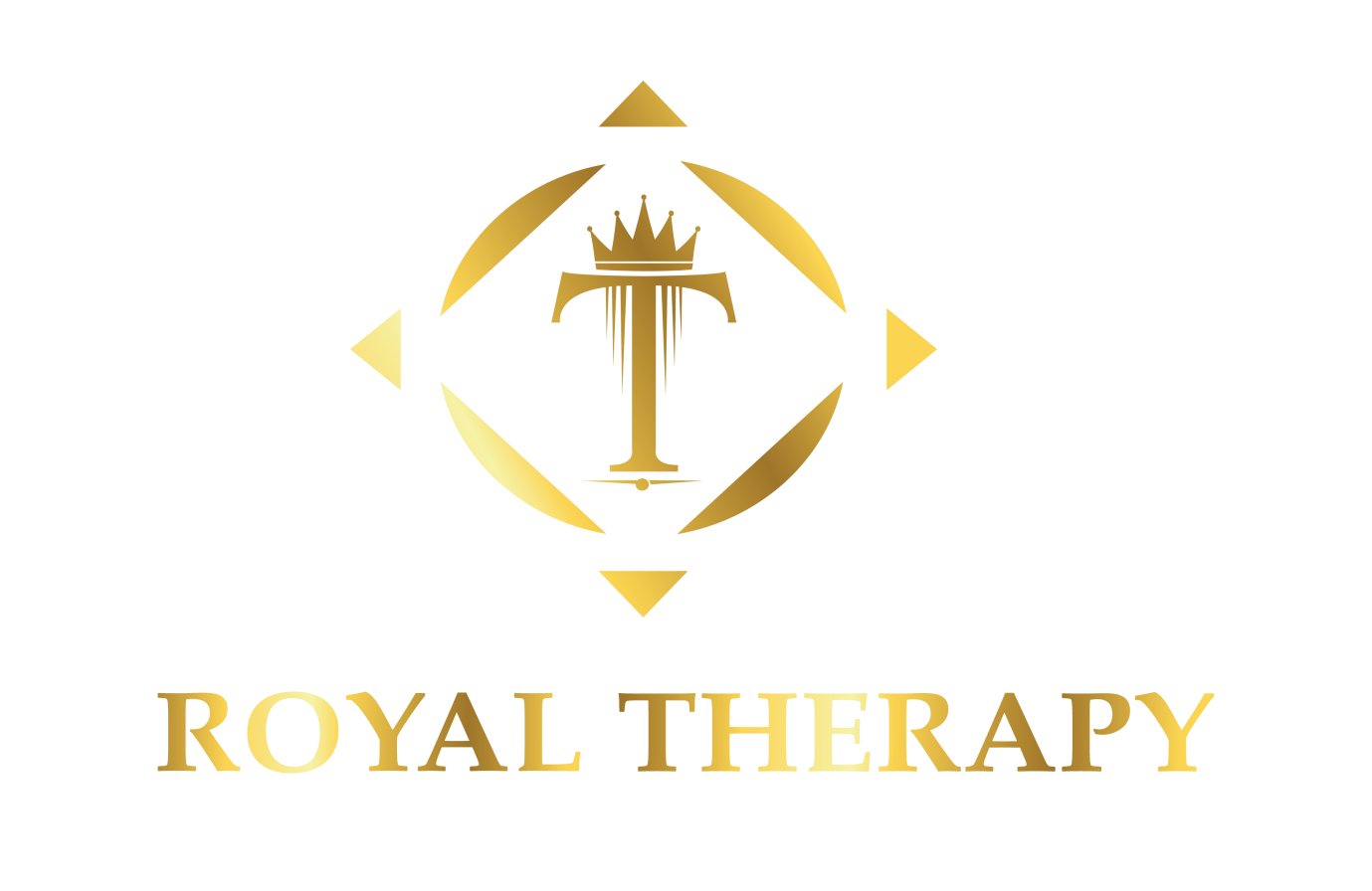
RED LIGHT THERAPY AND SKIN
Red light therapy, or also photobiomodulation, is non-invasive and safe with minimal or no side effects when used properly. As a result, it is becoming an increasingly popular alternative to existing treatment methods.
History of red light therapy
The history of red light therapy began in ancient times, when cultures of the time used sunlight to treat a variety of conditions.
In the 1990s, the National Aeronautics and Space Administration (NASA) in the USA began using red light therapy to experiment with plant growth and treat skin problems in astronauts.
Its use gradually spread to general medicine and is still used today in photodynamic therapy (PDT). This cancer treatment uses a light-sensitive drug and red light to kill cancer cells.
It is also used to treat some skin diseases.
Recently, red light therapy has also become popular for cosmetic treatments used to improve the appearance of the skin and treat specific skin problems.
In general, red light therapy can be considered safe, with minimal side effects possible.
Except for more serious health problems that need to be consulted with a doctor, red light therapy can be safely used at home.

The principle of operation of red light therapy
Red Light Therapy uses red light and near-infrared light (NIR) with minimal intensity to stimulate energy production in the mitochondria of cells. This process is also referred to as photobiomodulation.
Mitochondria are found in every cell of the human body except red blood cells and are considered miniature energy generators . Mitochondria convert air, water and food into energy.
Without mitochondria, cells could not continue to divide and function.
Red light therapy provides more energy to the mitochondria, making skin cell regeneration and healing more efficient while strengthening the extracellular matrix (ECM).
The extracellular matrix provides unique properties of elasticity, strength and contractility. It is a gel elastin support system.
The ECM begins to gradually degrade after about age 25. Its essential components are no longer produced as rapidly in the body and the skin becomes drier, weaker and less elastic, aging.
Red light therapy supports the extracellular matrix by stimulating the mitochondria, which work much more efficiently and effectively. This process is similar to photosynthesis, where plants absorb sunlight and convert it into energy for their growth.
Predicted benefits of red light therapy
Worldwide research shows that red light therapy can have a wide range of potential benefits for skin and overall health:
– Better blood flow: Red light therapy boosts blood circulation; increased blood flow delivers both more oxygen and nutrients to the body’s cells.
– Tighter skin: Red light therapy increases fibroplast activity and elastin production, which promotes the production of collagen, which makes up approximately 80% of the skin’s dry weight.
By stimulating collagen and elastin, red light therapy helps skin become firmer.
– Elastin is responsible for the elasticity of the skin, thus allowing it to be mobile, i.e. able to stretch and return to its original shape.
– Wrinkle Reduction: when collagen production increases, the skin becomes fuller and fine lines and wrinkles become visually smaller, less visible.
– Pore size: When collagen production increases, skin pores appear smaller.
– Reduces inflammation: The increase in energy with red light therapy helps reduce inflammation at the cellular level that can damage skin cells and lead to premature aging and redness of the skin.
– Scar and acne healing: By stimulating collagen production, red light therapy helps heal deep scars, and its anti-inflammatory effects can soothe acne.
– It helps soothe sun damage to the skin: Red light therapy can help repair skin damage caused by UV rays from the sun.
– Helps with psoriasis treatment: the anti-inflammatory effects of red light therapy can help reduce psoriasis symptoms.
– Relieves itching: Red light therapy can also help relieve itching caused by eczema or dry skin.
Although there have been several thousand scientific studies of red light therapy, and although the results so far may seem promising, more research is needed to see if red light therapy is actually effective.




Safety of red light therapy
Red light therapy has been shown to be safe for most people, with no significant side effects.
In some cases, eye irritation may occur, so it is advisable to use eye protection if you are uncomfortable with the light. People with sensitive skin may experience a rash or redness.
However, red light therapy is not recommended under certain conditions.
Especially if you have seizures, eye disorders, photosensitizing medical problems, or if you are taking photosensitizing medications including tetracycline, doxycycline, hydrochlorothiazide, naproxen, etc.
When you have lesions or open wounds on your skin, do not use red light therapy, consult your doctor.
Also, if you have a history of skin cancer, it is important to consult your treating physician before trying red light therapy.
Using red light therapy
Consistency is needed to achieve significant results and there is no maximum or limit to exposure.
The number of treatments you need may vary depending depending on the specific red light therapy device you are using.
It is commonly recommended 3 to 5 times per week for 10 to 20 minutes.
If you use a home red light therapy device, always read and follow the manufacturer’s instructions carefully.
